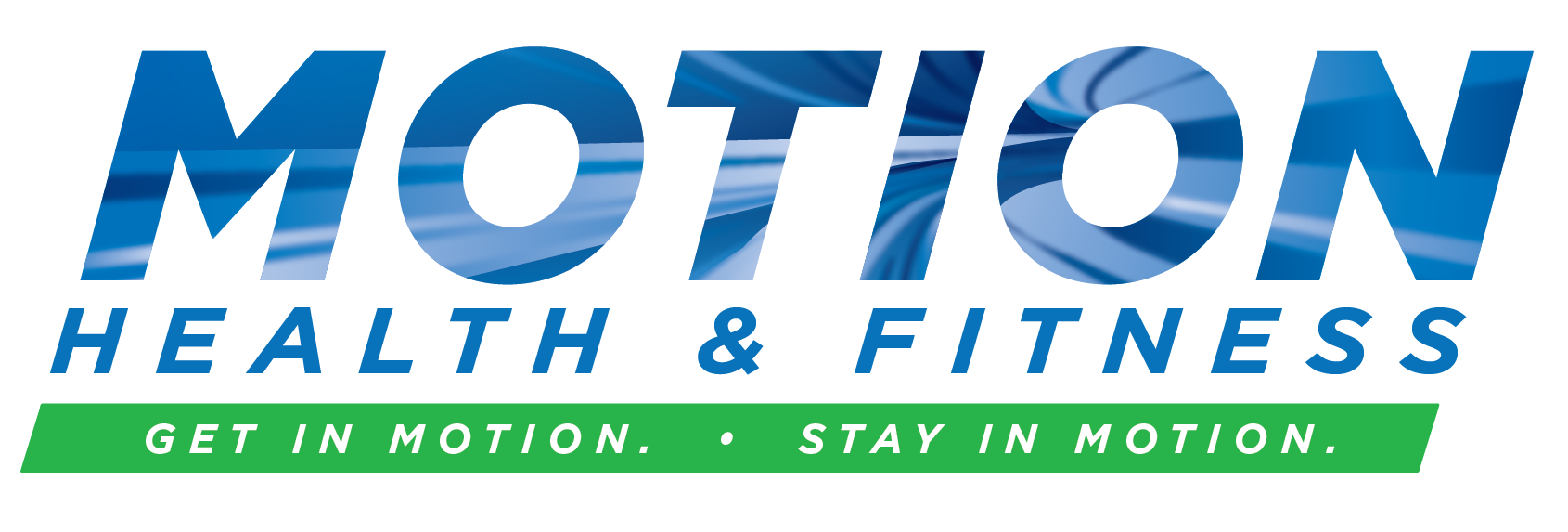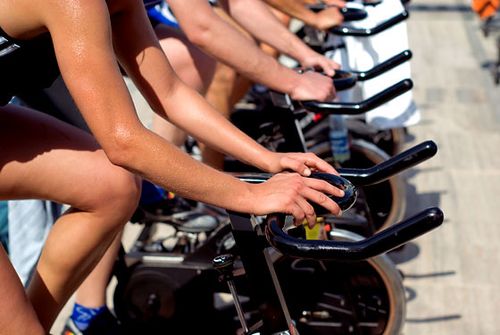Cardiovascular endurance is considered one of the 5 parameters of fitness (the others being muscular strength, muscular endurance, flexibility and body composition).
As you might imagine, this makes cardiovascular exercise — which most people simply call “cardio” — vital to everyone’s exercise program.
So, how much cardio do you need?
According to the Physical Activity Guidelines, released by the U.S. Department of Health and Human Services, adults need at least 150 minutes of moderate-intensity, aerobic, physical activity each week; or 75 minutes a week of vigorous-intensity, aerobic, physical activity; or an equivalent combination of moderate- and vigorous-intensity aerobic activity.
The American College of Sports Medicine (ACSM) concurs. The ACSM recommends that adults accumulate at least 30 minutes of moderate physical activity at least five days per week for basic fitness. If you up the ante to vigorous exercise intensity, 30 minutes three days per week it will also get the job done.
While that’s enough to keep your heart healthy, it may not be enough to promote weight loss. The Institute of Medicine advises Americans to get an hour of physical activity a day to control their weight.
Due to the prevalence of obesity and overweight in the US — a whopping 70 percent of Americans are overweight or obese — many people think of cardiovascular exercise merely as a means to lose weight. However, even those with an ideal, healthy body weight need to regularly perform cardio to maintain good health and prevent disease.
The cardiovascular system, in particular, needs to be exercised regularly to maintain optimum health. It’s about being healthy from the inside out, not just looking good on the outside.
Exercises, such as walking, running, cycling, swimming or some other form of aerobic exercise, will all stimulate the cardiovascular system, but intensity matters. Obviously, the heart isn’t strengthened as much, and doesn’t make as much adaptation, by walking at 3.5 mph as it does when running at 7 mph.
Ultimately, there is a difference between being fit and being healthy. Being fit is a much stricter standard.
Choose activities that you enjoy. The results will be essentially the same. Studies show that a 10-15 week program of cycling, swimming or running, done 5 days per week, 30 minutes per session, at 70% heart-rate reserve (HRR), will result in comparable improvements in cardiorespiratory fitness.
Let’s look at the benefits of regular aerobic exercise:
– Weight loss or maintenance (healthy body composition)
MEN:
Healthy = 18-24% body fat
Fit = 14-17% body fat
Essential = 2-5% body fat
WOMEN:
Healthy = 25-31% body fat
Fit = 21-24% body fat
Essential = 10-13% body fat
An exercise program conducted 3 times per week, burning 300-400 cals per session, could result in a 16-pound weight loss in one year.
– Decreased appetite in some people
– Reduces the risks of coronary artery disease
A six-year study released in September, 2002 showed that for middle-aged or older women, walking, or an equal amount of more strenuous exercise, for 2 1/2 hours per week (5 days x 30 mins.) can cut heart disease and stroke risk by just over one third.
– Increases levels of HDLs (healthy cholesterol) and decreases levels of LDLs (unhealthy cholesterol)
– Decreases triglycerides (blood fats)
– Lower resting heart rate:
• Men average about 70 beats per minute
• Women average about 75 beats per minute
– Decreases blood pressure:
<120/80 = normal
120-129/<80 = elevated
130-139/80-89 = Stage 1 hypertension
140 or above/90 or above = Stage 2 hypertension
– Increases the sensitivity of cells to insulin and reduces blood glucose levels. This is a critical part of the treatment program for diabetics.
– Weight bearing exercises (running, brisk walking) strengthen the skeletal system, reducing the chances of osteoporosis, which is characterized by reduced bone mass and increased susceptibility to fractures. This occurs more commonly in women over 45 and affects an estimated 15-20 million Americans.
– Increases joint range of motion. Frequently part of the treatment for those with arthritis. Flexibility is developed primarily up to and between the ages of 7-12 and begins to decline after adolescence, accelerating after the age of 25 (unless otherwise maintained)
Why Aerobic Exercise Works
Regular aerobic exercise can lead to increased cardiovascular endurance due to the following factors:
– Increased lactate threshold (the time when your muscles start to burn and fatigue)
– Increase of ATP (fuel) in mitochondria, the cell’s power plant or engine
– Increase in the number and size of mitochondria
In short, you can become a high-performance, human machine.
Working out in the “fat-burning zone” is not the most efficient way to lose weight. As exercise intensity increases, the body burns less and less fat and more and more carbohydrates. That’s why some people say it’s best to work out at low to moderate intensities, in the so-called “fat-burning zone.” But when it comes to weight loss, what matters most is how many total calories you burn. High-intensity exercise burns the most calories.
That said, even brisk walking is enough to keep your heart healthy. Exercise doesn’t have to be strenuous to be beneficial. Studies show that moderate physical activity – such as a half-hour of brisk walking or swimming – on most days of the week can help fight off heart disease and lower your risk of diabetes and some cancers, among other health benefits.
However, while walking is good for your overall health, it may not burn enough calories to help you lose a substantial amount of weight. Nor will it get you a well-toned, sculpted body.
To get buff, you’ll need to add resistance training to your workout regimen. Yet, even with a good cardio and strength program, you may never look like a swimsuit model (good genes and airbrushing help in that regard), but you can slim down and firm up.
The most important thing is to improve your health, so that your doctor says you look as good from the inside as you do on the outside.






